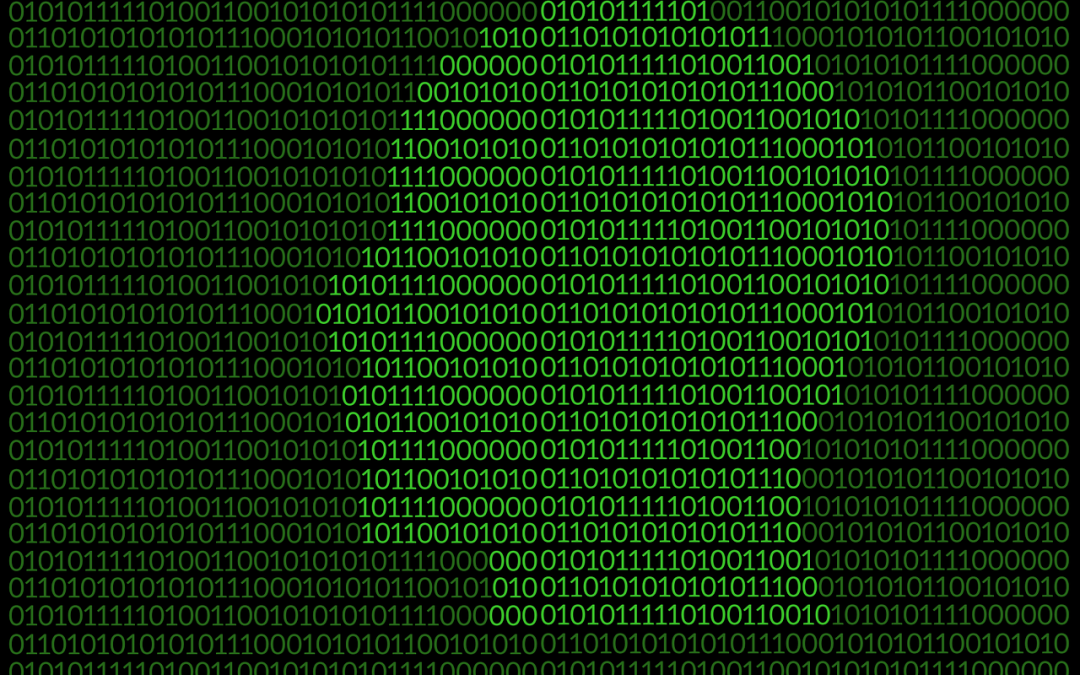The Importance of Understanding the Code Structure of Decentralized Applications
In recent years, decentralized applications (dApps) built on blockchain platforms like Ethereum have gained significant attention for their potential to disrupt traditional centralized systems. However, despite their rapid adoption, limited research has been conducted to understand the underlying code structure of these applications.
This is where this paper makes an important contribution. By reconstructing and analyzing the network of contracts and function calls within a dApp, the researchers aim to unveil vulnerabilities that could be exploited by malicious attackers. Understanding the code structure is crucial for identifying potential weak points in the system and developing robust security measures.
The researchers find that each dApp is composed of multiple smart contracts, each containing a number of functions that can be called to trigger specific events. These functions are interconnected in a complex web, forming the backbone of the application’s functionality. By studying this network structure, they are able to identify common coding practices and anomalies that could impact the system’s robustness and efficiency.
One interesting finding is the presence of modular, self-sufficient contracts within the network structure. This modular design promotes code reusability and maintainability, allowing developers to easily update and improve individual components of the dApp without affecting the entire network. This also increases the scalability of the application as new functionalities can be added without disrupting the existing system.
However, this modular design also raises security concerns. The researchers highlight that a small number of key functions within each dApp play a critical role in maintaining network connectivity. These functions act as gateways between different components of the application and are potential targets for cyber attacks. If compromised, these functions could severely impact the functionality and integrity of the entire dApp.
Therefore, robust security measures should be put in place to protect these key functions from potential attackers. This includes implementing authentication mechanisms, access controls, and rigorous testing procedures. Additionally, continuous monitoring and auditing of the system’s codebase are essential to identify and mitigate any vulnerabilities that could be exploited.
Overall, this research sheds light on the importance of understanding the code structure of decentralized applications. By analyzing the network of contracts and function calls, developers can uncover potential vulnerabilities and design more robust and secure dApps. As the adoption of blockchain technology continues to increase, further research in this area will be crucial for ensuring the reliability and integrity of these decentralized systems.
